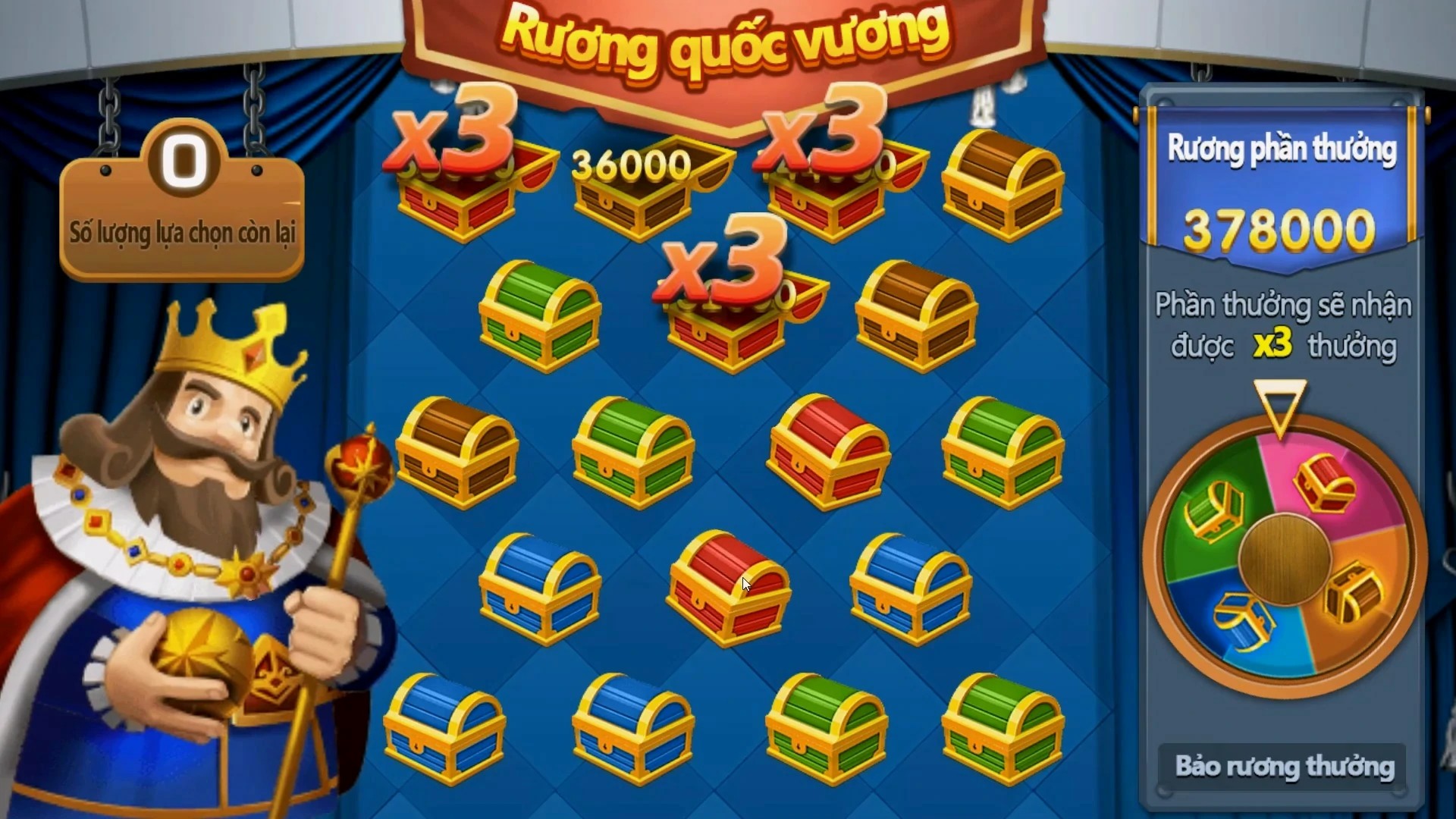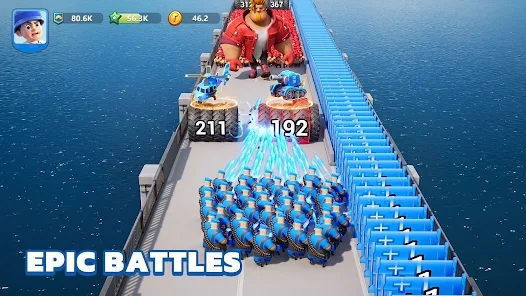How Idle Games Revolutionize Turn-Based Strategy Games: A New Era of Gaming
In the rapidly evolving landscape of gaming, idle games have emerged as a captivating phenomenon. They are playful endeavors where players can make progress without constantly engaging in active gameplay. This passive nature has not only carved out a unique niche in the gaming world but has also sparked a revolution in how we perceive and enjoy turn-based strategy games. How did we get here? Let's dive in!
Understanding Idle Games
At their core, idle games offer players an opportunity to engage with game mechanics in a non-linear fashion. Players can set their strategies in motion and then return periodically to check on their progress. The beauty of idle games is in their accessibility. They allow gamers to enjoy the thrill of progression without demanding their undivided attention—a welcome relief in our hectic lifestyles.
The Marriage of Idle and Turn-Based Strategy Games
So, how does idle gameplay intersect with turn-based strategy games? Well, the introduction of idle mechanics into traditional turn-based formats paves the way for intriguing gameplay experiences. Imagine a scenario where you can set your units to develop and grow even while you’re away—now that is a game-changer!
Case Study: Mario + Rabbids Kingdom Battle
Take a game like Mario + Rabbids Kingdom Battle. It’s a blend of quirky characters and tactical battles that keeps players hooked. But what about integrating idle mechanics to enhance strategy? With a few cheats and clever gameplay tweaks, you can manipulate scenarios such as the ice puzzle elements in the game to create new strategies. Here's a quick list of functionalities that can be enhanced:
- Character progression on autopilot
- Resource gathering while offline
- Real-time strategy adjustments based on historical data
The Powers of Automation
Imagine players launching their units into battle and then letting the game calculate outcomes based on preset strategies and historical data. This is where automation plays a significant role. Players can prioritize certain characters, let them duke it out in the arena, and use data analytics to assess performance over time. The next time they engage with the game, they have a wealth of insights to guide their choices. It's like having a personal assistant handle the nitty-gritty of gaming!
Who is in Delta Force?
Now, let’s switch gears a bit. A notable example in the discussion of strategy is Delta Force, an elite military unit that often comes up in conversations about teamwork and tactical planning. Just as Delta Force operatives need to work synchronously yet with planned autonomy, idle games and turn-based strategy games can mirror this paradigm. Players must think critically about their next moves, making sure that each decision maximizes their team’s effectiveness.
Gamification and Engagement
What keeps players coming back to these idle-infused turn-based games? It’s simple: gamification! By introducing elements of fun, rewards, and status leveling, developers can enhance the appeal to players. Every return to the game offers a pleasant surprise—units leveled up, resources gathered, and new paths to explore. This makes the game feel rewarding rather than like a chore.
The Fun Factor: Why Idle Games Are So Appealing
Let’s face it, idle games are just plain fun! They strip away the high stress that often accompanies competitive gaming. Here’s why they appeal to so many:
- Less pressure: There’s no need to keep your eyes glued to the screen.
- Continuous growth: Players enjoy the feeling of progression even during downtime.
- Multi-tasking friendly: Players can manage the game while doing other tasks.
Balancing Strategy with Automation
Of course, with great power comes great responsibility. Games need to find a balance between automation and strategic gameplay. Too much automation could lead to a lack of engagement and diminishes the thrill of achievements. Right now, many game developers are experimenting, trying to strike the perfect balance. They’re working on dynamically adjusting gameplay based on player’s desires—for instance, providing options for those seeking more active involvement versus those who prefer passive play.
Visuals Play a Pivotal Role
These hybrid games tend to utilize stunning visuals to keep players engaged. Whether it's the enchanting landscapes of idle games or the explosive power moves found in turn-based strategy, visuals can amplify the overall gaming experience. Drawing players’ eyes in different directions keeps the excitement alive, much like walking through an engaging art gallery!
Challenges Ahead: What’s Next for Idle Turn-Based Strategies
Despite their growing popularity, these cross-genre games face challenges. How do game developers keep players engaged over time? This question poses a significant challenge. Players quickly adapt to mechanics, so developers must continuously innovate. Will they introduce new characters, gameplay modes, or even crossover with other genres? Only time will tell!
Key Takeaways
| Factor | Idle Games | Turn-Based Strategy Games |
|---|---|---|
| Player Engagement | Low Pressure | High Strategic Focus |
| Automation | Fully Automated Progress | Manual Control Over Units |
| Time Investment | Minimal | Significant |
Conclusion: A New Dawn for Gaming
All in all, the merger of idle games and turn-based strategy games is more than just an interesting combination; it signifies a shift in gaming paradigms. As players become more involved in crafting their own paths while simultaneously seeing their efforts bear fruit—even during idle time—you can expect this new era of gaming to continue transforming our gaming experiences. So buckle up for this exciting ride; there’s never been a better time to be a gamer!



